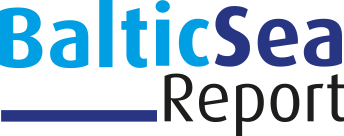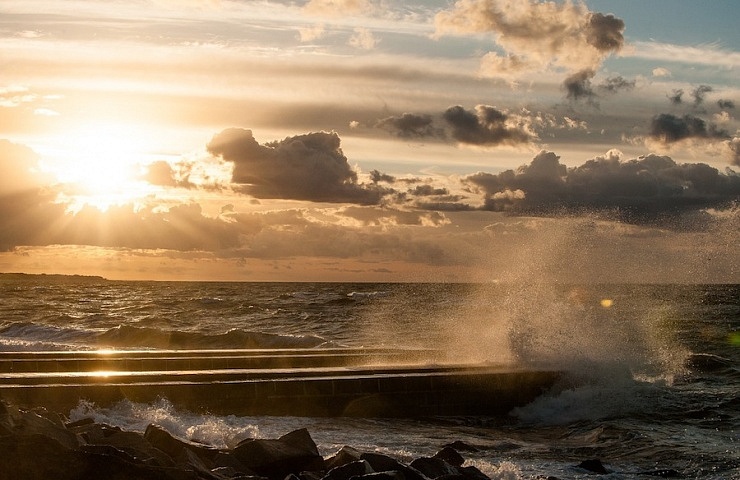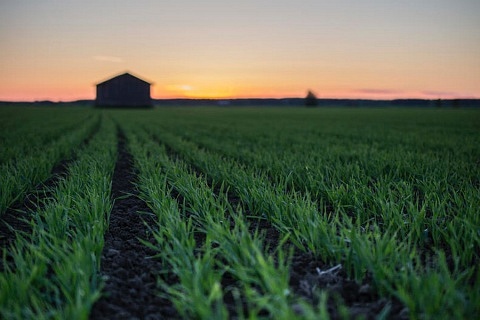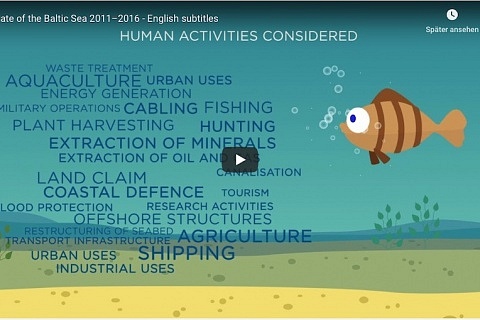HELCOM came closer to its goals of reducing pollution loads on the Baltic Sea, as acknowledged during a key event held in Berlin from 18 to 20 April 2018, the Eighth Meeting of the HELCOM Working Group on Reduction of Pressures from the Baltic Sea Catchment Area (PRESSURE 8-2018). The PRESSURE group is responsible for devising solutions to reduce land-based pollution affecting the Baltic Sea.
The group discussed potential measures to advance towards the maximum allowable inputs set by the Copenhagen HELCOM Ministerial Declaration of 2013. Specific attention was paid to the cooperation with river basin management authorities and to possible ways of elaborating nutrient reduction targets for river basins. These will be useful for developing river basin management plans. It is expected that this broader approach at the river basin level will increase the readiness of upstream municipalities to support the implementation of the Baltic Sea Action Plan (BSAP).
Due to the cross-cutting nature of Nordic Environment Finance Corporation, and bearing in mind that the agricultural sector is a main source of land-based nutrient input to the Baltic Sea, the PRESSURE group also worked out a proposal for close cooperation with HELCOM AGRI, the HELCOM group responsible for agricultural matters.
With regard to the implementation of the HELCOM Ministerial Commitments taken in Brussels earlier this March , the central emphasis was placed on the planning of a regional strategy for nutrients recycling. The PRESSURE group also started planning the implementation of the new commitment, with the aim to develop a risk assessment framework for the management of internal nutrient reserves.
Furthermore, PRESSURE 8-2018 addressed the input of hazardous substances (HS) into the Baltic Sea, acknowledging the steady decrease of inputs of conventional pollutants such as mercury, lead and cadmium. However, it also noted the worrying rise of new HS such as pharmaceuticals and persistent organic compounds. The group endorsed a draft assessment for the input of selected hazardous substances as well as for a new HELCOM pre-core indicator on diclofenac.
In addition, participants considered to look into off-shore sources of pollutants and, as a first step, into the potential adverse effects of anti-fouling systems. They also followed up of the implementation of the Regional Action Plan (RAP) on marine litter. Dredging and depositing operations at sea, under water noise and other topics were also discussed.
One specific theme of the meeting was the current state of the toxic landfill Krasny Bor located in the vicinity of St. Petersburg, Russia. Participants welcomed the comprehensive update by Russia on the current status of this “HELCOM hot spot”, including the work undertaken so far to minimize environmental risks and to monitor the site.
The results of international cooperation and support on Krasni Bor were presented by the Nordic Environment Finance Corporation (NEFCO) which is the coordinator of the international efforts currently taking place at the site.
A group of German experts also presented the results of the verification of the environmental monitoring system at the landfill. In the past two years, international experts have continuously visited the site, doing environmental sampling and inspecting the maintenance and monitoring procedures.
The meeting in Berlin was the first consultation of the PRESSURE group after the adoption of the 2018 HELCOM Ministerial Declaration earlier this year in Brussels, where HELCOM countries notably renewed their commitment to the BSAP.

 Deutsch
Deutsch




Leave a Reply